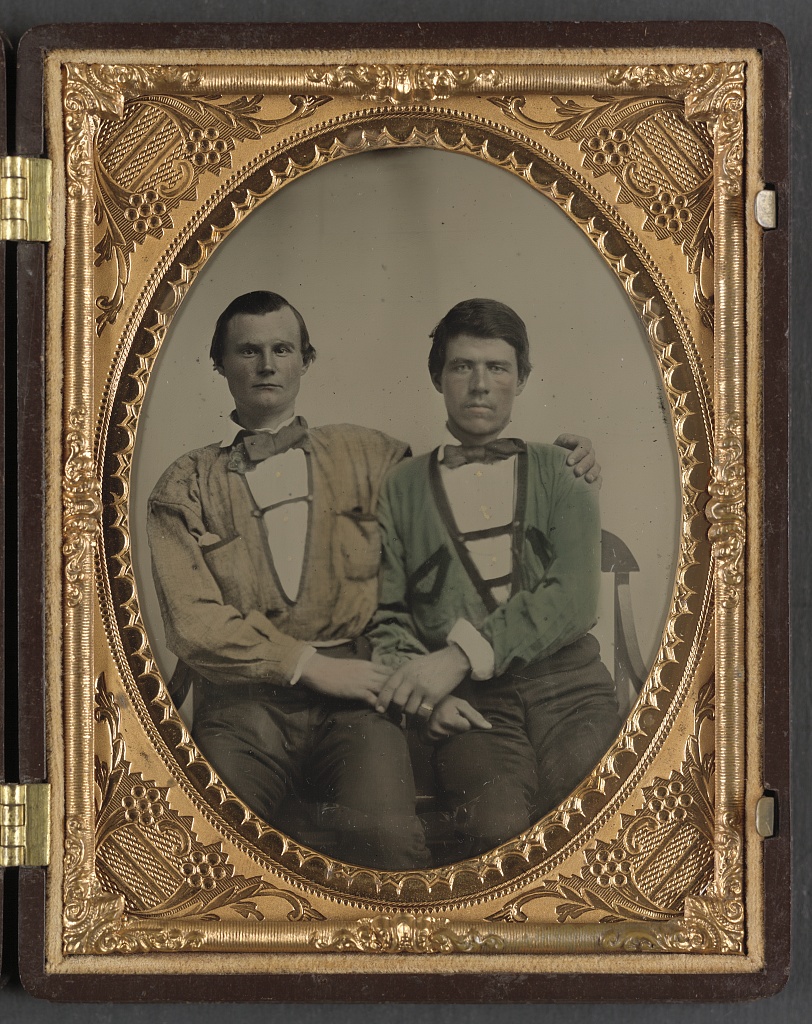 |
| How do we preserve digital information? |
Cohen and Rozenweig have lots to say about creating historical collections online, from the reasons for building one in the first
place (flexibility, accessibility, collaboration and longevity) to what lends
itself to an online collection and what doesn’t. A site focused on, say, submissions from WWII veterans
probably won’t attract much interest, where a site on 1980s Casio digital
watches (collected by uber-geeks the world over) definitely will. They tackle the thorny problem of how to
solicit contributions, pointing out the paradox that “to build a collection,
you need a collection.” Ultimately, it’s
about building trust, being part of a community of interest and (surprisingly),
not worrying too much about “qualitative concerns,” which the authors have
found to be a non-issue for the most part. The authors include a helpful case study using their
own September 11 Digital Archive, which follows all of the best practices they
suggest.
 Having covered the basics, the next stop was the
gigantic Library of Congress Digital Collections. I dove into Chronicling America and Liljenquist Family Collection of Civil War Photographs, which contains images of Confederate and Union soldiers
and their wives and children, all available in JPEG and TIFF. In addition to organizing and displaying all
this great stuff, the LOC also includes a set of tips for preserving digital
information: identify what’s
important, decide what to keep, Export what you want, organize the collection, make copies and manage them in different places.
There’s even a downloadable brochure.
Having covered the basics, the next stop was the
gigantic Library of Congress Digital Collections. I dove into Chronicling America and Liljenquist Family Collection of Civil War Photographs, which contains images of Confederate and Union soldiers
and their wives and children, all available in JPEG and TIFF. In addition to organizing and displaying all
this great stuff, the LOC also includes a set of tips for preserving digital
information: identify what’s
important, decide what to keep, Export what you want, organize the collection, make copies and manage them in different places.
There’s even a downloadable brochure.
Last, we
looked at Flickr’s collaboration with the LOC called “The Commons.” It’s filled with a huge variety of images
from two collections (“1930s – 40s in Color” and “News in 1910”) that are posted
with “no known [copyright] restrictions”.
By this, the LOC is indicating two things: “either there was a copyright
on the image and it was not renewed,” or “the image is from a late 19th or
early 20th century collection for which there is no evidence of any rights
holder.” They are clear that this “not
mean the image is in the public domain, but [it] do[es] indicate that no
evidence has been found to show that restrictions apply.”
 |
| Awkward Civil War Era Photograph. |
The other
interesting feature of The Commons is the ability to add tags and comments to
images. While this seems to have great
potential for illuminating what might otherwise be lifeless photos, there are
some concerns about the proliferation of tags and the extraneous
comments that people post. I can
certainly understand how the latter might be a problem, but I looked at the
last ten images posted and not only were there no goofy comments, but every single
one of them in fact had at least one relevant, helpful post. Perhaps those particular images just haven’t
been up long enough to attract the oddballs.
Great insight, what could the LOC do better?
ReplyDeleteFrank! This is Amy from Savannah, for the love of everything please check your FB Other inbox! Argh! I miss you.
ReplyDelete